 By far, one of the most common pieces of advice given to job seekers is: NETWORK. When employment professionals suggest that job seekers network, we mean that one should reach out anyone and everyone who may have any connection to an employer that may be looking to hire. Spreading your name, experience and connections around by word of mouth, LinkedIn, or other forms of social media can often provide valuable leads, even if they don’t land a job immediately. LinkedIn, the most famous business professionals’ site, with over 350 million users, is the pure definition of Networking.
By far, one of the most common pieces of advice given to job seekers is: NETWORK. When employment professionals suggest that job seekers network, we mean that one should reach out anyone and everyone who may have any connection to an employer that may be looking to hire. Spreading your name, experience and connections around by word of mouth, LinkedIn, or other forms of social media can often provide valuable leads, even if they don’t land a job immediately. LinkedIn, the most famous business professionals’ site, with over 350 million users, is the pure definition of Networking.
However, while networking can work wonders for many, it isn’t necessarily the case for everyone.
In my experience working as a Workforce Specialist and Job Coach, often with individuals with various disabilities, I have seen cases where networking came in very handy, and cases where it was not helpful in the least bit.
An example where networking has been useful is one where a young woman with Asperger’s Syndrome was able to find employment at the law firm where her mother was employed. This was ideal for her, as she had her mother around as a support if she needed. She was given tasks to complete that she enjoyed and excelled at. Often, those tasks were ones which other employees did not enjoy, or do well at, such as paying attention to details when filling or recovering lost documents.
However, there are many individuals who, due to a variety of reasons, will not benefit from networking to find employment.
An example of such a case is another young man with Asperger’s, who came to an employment program looking for work. He had certification in his field along with recent work experience. The individual handed into his Workforce Specialist a long list of his circle of friends, acquaintances and names of companies where he was interested to work. The staff who were assisting the client contacted the relevant companies, however, none of them were interested in meeting with the client to discuss the possibility of employment.
The problem was that the contacts that our client presented only knew him in a social setting, and did not know of his tremendous skills and talents that were truly valuable in the workforce. They simply were not open to the idea of giving him a chance to show what he was capable of.
Using the services of a professional agency though, was a wonderful way for the client to get introduced to an employer who did not know him. The employer that he was sent to was from a very different social and religious background, and the client was simply introduced to the employer for an interview based on his knowledge, skills and motivation to do a great job.
The employer was impressed by the client’s sincerity and professionalism and hired him, and this turned into a successful working relationship. This is not to say that problems did not arise; they did, but job coaching was implemented and then slowly phased out. Frequent contact has been maintained between the job coach and the employer, just to check in with one another and prevent miscommunications wherever possible.
The point is, that in this case, and many others, it is simply best to look for work where others do not have pre-conceived notions about an individual. Each individual has a myriad of talents that should not be overlooked. Sometimes even the individuals themselves might not realize what they are capable of. They might require an employer or agency which is willing to take a chance, and provide them with the opportunities they need to grow, learn and make mistakes when needed, just like any employee in the workforce.
Making use of community agencies who provide support such as helping to gain experience through volunteer work, providing workshops dealing with common pre-employment and employment issues, and offering job coaching is a really great way for individuals to boost their chances of reaching their employment goals. Sometimes, letting an agency do the networking just makes more sense.
Written by Galya Ouanounou. Galya is member of VRA and CVRP with extensive experience working with youth and adults with a variety of special needs. At JVS, Galya has worked in many different programs, especially with the Disability Services Department, including Ability Works, the Asperger’s Job Readiness program, Path To Work, two high school programs (with focus on co-op programming and pre-employment workshops), as well as with the joint JVS/JF&CS program.





